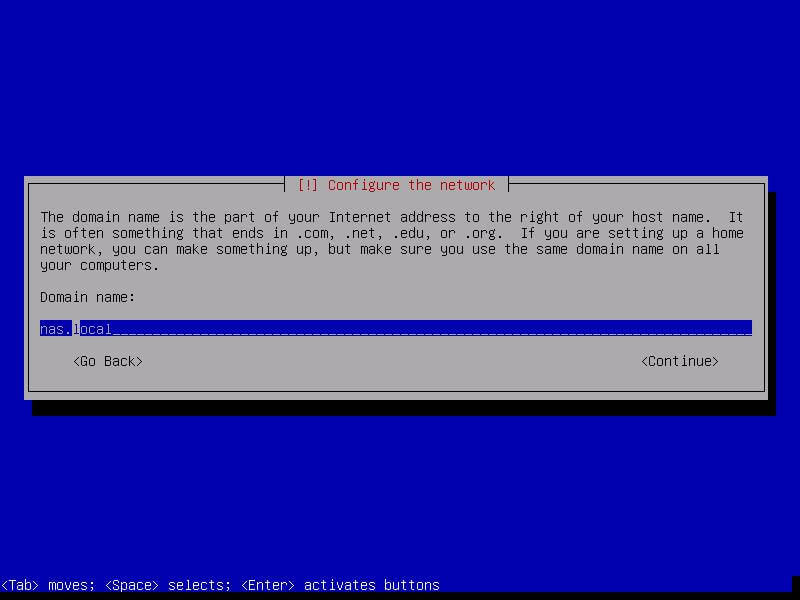

- #Open media vault software#
- #Open media vault Pc#
- #Open media vault license#
Be able to use disks of potentially different capacities and have 1-drive parity (hence MergerFS + SnapRAID). In any case, I can add an expansion card later, if I need it. I got 10 on that motherboard, but SSDs will use 2, so I’m down to 8. A motherboard with as much SATA ports as possible. A CPU robust enough to do Plex transcoding. A case with the ability of holding up to 10 3.5" HDDs (or at least 8 + my SSDs). But anyway, my general design considerations are: For a home NAS server, this might be a little overkill, but I think I have some other ideas down the line to take advantage of the hardware. I basically already had all the parts, except for the ones explicitly specified. The 8TB drives are not really WD Red, but WD “white label” those are disks “shucked” from WD EasyStore drives. For the bigger SSD, in reality I have a Samsung CM871a that I also could not find anywhere. 

The smaller SSD is from another brand that I could not find on PCPartpicker or Amazon, so I replaced with some Kingston drive. There are a few “lies” in that part list. I installed on a VM and I could verify it did all I am interested in. I created my own Dockers using docker-compose but it had three main issues: 1) Adding/managing disks using MergerFS + SnapRAID via command line wasn’t friendly and a way to potential disaster 2) Having a dedicated GUI is nice, because script your way all the time can be overwhelming over time, specially when you want to do something quick, like setting up a new share 3) The complexity of having different (but related) packages on a system to work in concert in an integrated way can become difficult, and perhaps even too much work for a home server. Ubuntu server + a bunch of packages on it: I really liked this option.I also remember I tried to create a boot USB and somehow my thumb drive was blacklisted, with no previous use for that. Finally, I had some strange errors sometimes and the interface froze on me a couple times.
There is a lifetime fee for a license (unRAID is developed and commercially maintained by a company), and then if you scale, you have to buy licenses again (I guess this is fine, and I respect that, but I personally prefer to invest in hardware). The GUI looks like a website from the 90s. I mean, why would I invest hundreds of dollars on SATA drives, CPU, RAM, Motherboard, Chasis, PSU and so on, when everything will boot from an USB drive? That makes no sense to me. What I didn’t like: The whole thing about installing and running the OS from a USB stick didn’t feel right to me.
unRAID: This may be the second most popular option. To me, it was just more of the same as it was the case of FreeNAS. NAS4Free: Less popular than FreeNAS but it is certainly an option. You cannot fully utilize different-sized disks on a ZFS pool, and this was a deal breaker to me, as for home usage I find opportunity of adding any drives I find on sale. I didn’t like it: the GUI looks ancient it is FreeBSD-based, and I feel familiar with Linux The minimum hardware requirements and recommendations were off with my available hardware, and it doesn’t have a very well defined Docker support. One of its strongest features may be the use of ZFS. FreeNAS: It may be the most popular NAS operating system. Over that time, I have had the opportunity to look at different options (I’m only considering open-source options): I have been toying with this DIY NAS idea for a long time, but there was always something that held me back. Scaling on a premade NAS box can become really expensive, specially if you are interested on x86-type CPUs When you start to heavily use a machine like this, you go beyond just serving files, and your need for both storage and processing capacity can grow overnight. In some cases, this is partially justifiable: those ARM-based CPUs consume little power and in general, serving files should not require massive hardware. Synology software is awesome, but honestly their machines are a bit underpowered.And I’m not a SysAdmin, but I’ve had my fair share of developing scripts and I’m very familiar with the Linux console So even though I’m a big fan of Synology boxes, I decided to go in another direction because:
But considering I’m a curious person and the fact that I have some hardware from a previous PC build doing nothing, I decided to build my own NAS.







 0 kommentar(er)
0 kommentar(er)
